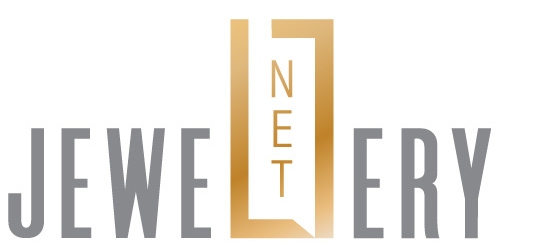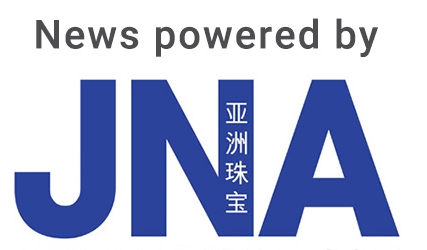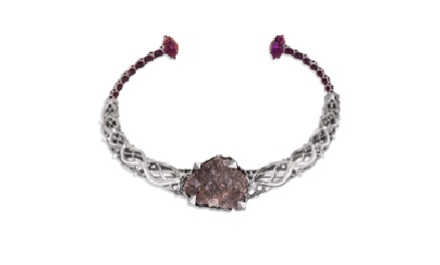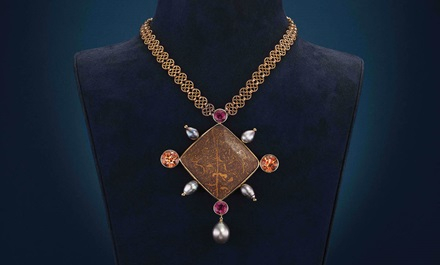Citing robust demand for coloured gemstones, the Gemological Institute of America (GIA) is offering more comprehensive gem reports and services to meet the market’s changing needs.
This article first appeared in the JNA September/October 2025 issue.
The jewellery and gemstone sector is seeing rising demand for more transparent reporting of coloured gemstone treatments and origins. In response, the Gemological Institute of America (GIA) reintroduced filler identification in its emerald reports in December 2024.
According to GIA, this strategic move was sparked by major US and European brands increasingly requesting for precise and up-to-date gemmological analysis.
Shifting preferences
GIA said that jewellery trade concerns about the degree and composition of filler in emeralds have evolved in recent years.
“While the Institute did significant research on fillers and offered the identification of fillers in emeralds more than 20 years ago, we changed the service to focus on identifying the degree of filler,” said Tom Moses, GIA executive vice president and chief laboratory and research officer. “This was in part due to the recognition that fillers can be removed, changed and mixed.”
The interest in filler identification stemmed from both jewellers and emerald dealers who prefer natural fillers such as oils or resins over artificial resins or hardened polymers, Moses noted.
“The market prefers fillers that are natural in origin such as cedar oil. Despite not being the most durable substance, these are considered traditional options," the GIA official continued.
Concerns extend from the composition to the stability of emerald treatments. “Unfortunately, no filling substance used in emeralds, or any other gemstones, is stable over time,” said Moses.
Enhanced reporting and services
In addition to identifying a gem as an emerald and assessing the degree of filler in it, clients may request the new filler identification service at no extra cost. If filler is present in an emerald, the report will offer one of the following conclusions:
• Filler Type A: May include oil, wax and/or natural resin
• Filler Type B: Artificial resin
• The clarity enhancing material present cannot currently be identified
This advanced reporting goes beyond mere identification or origin, giving retailers and collectors the necessary information to evaluate the gem’s beauty, value and durability.
GIA’s filler identification was initially offered free of charge to allow more clients to enjoy the experience firsthand. However, it will eventually become an optional paid add-on service, reflecting industry standards and advanced gemmological offerings.
More detailed reports
Recent submission patterns at GIA reflected a growing demand for more specific emerald information, driven by both knowledgeable traders and discerning consumers.
Clients continue to show strong interest in an emerald’s country of origin, often opting for Colombia or Zambia, while an increased number of customers seek detailed information about treatments before making a purchase, said Moses.
He explained that emeralds and other treated gems are often subjected to several rounds of treatment, both at the mine and later by gem dealers with their preferred methods or substances.
Treated gems may therefore contain various filler substances. Multiple attempts and intricate procedures as well as usage of strong solvents and vacuum systems are required for thorough filler removal.
GIA’s coloured gemstone report is designed to meet these challenges head-on, equipping clients with practical knowledge and tools to make informed decisions and to be fully confident in their purchases, said Moses.










